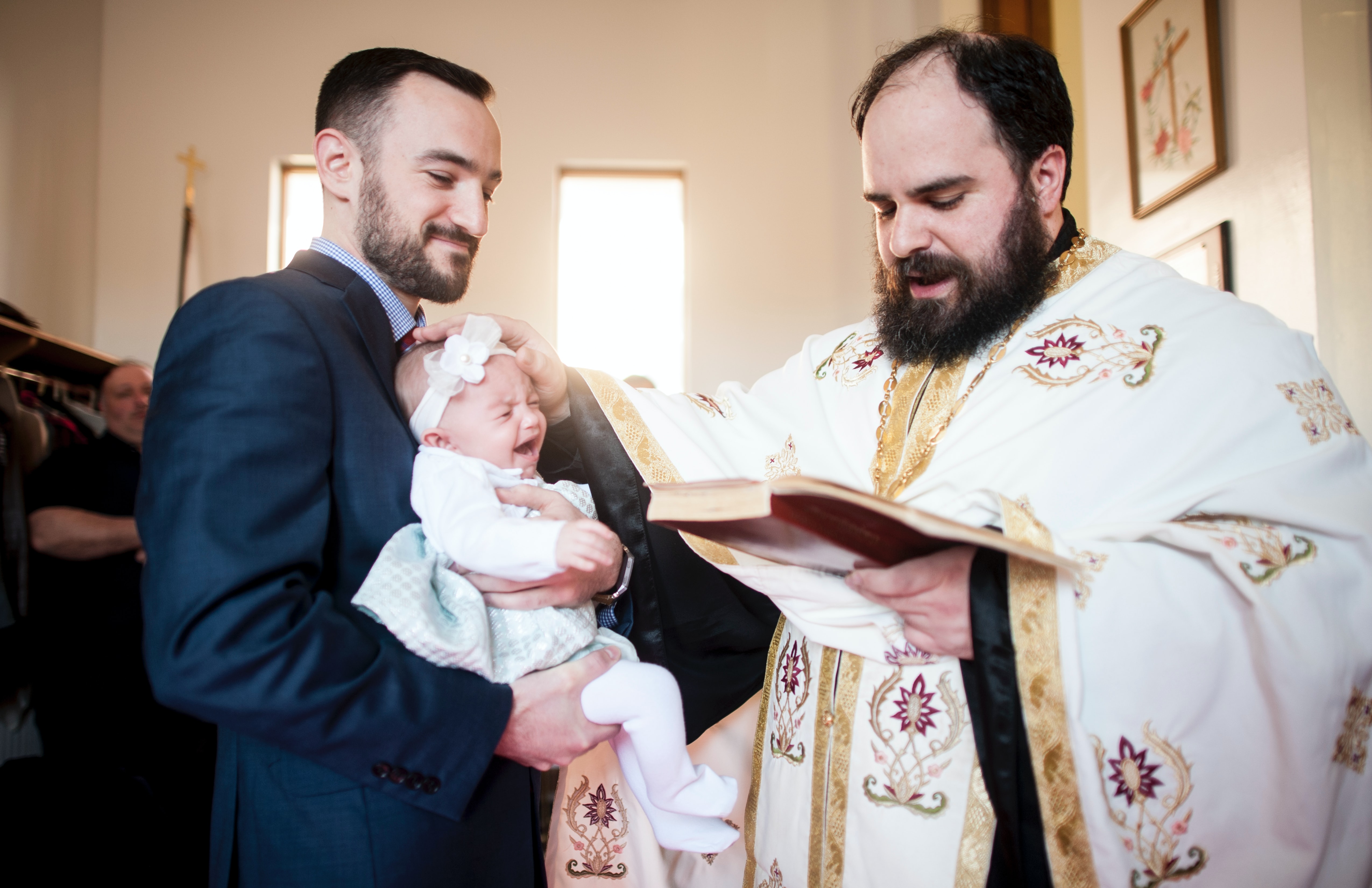Catholic men who “take Holy Orders” receive a special sacrament called Holy Orders, which creates the hierarchy of deacon, priest, and bishop. These men (who are ordained by a bishop by means of that sacrament) serve the spiritual needs of others in the Catholic Church.
A baptized man must first be ordained a deacon before being ordained a priest and ordained a priest before being ordained a bishop. So every priest and every bishop has experienced the Sacrament of Holy Orders more than once, but he experiences ordination to each level only once.
One of the primary functions of deacons, priests, and bishops is to administer the sacred rites of the Church to God’s people:
The Sacrament of Holy Orders doesn’t make a man a Church aristocrat, but it does confer the dignity of the sacrament, and that entails the obligation to obey the Pope and be of service to the people of God. Pastors are to see their role as shepherds who love and know their sheep.
A man can retire from the active ministry or be forced to leave if he misbehaves, but no deacon, priest, or bishop can ever have his Holy Orders taken away from him.
Both actions have the same effect: Defrocked and laicized priests can’t wear the Roman collar, be called “Father,” or publicly celebrate the sacraments. All requests for laicization must go to Rome, and only the Vatican can approve them.

Catholic men who “take Holy Orders” receive a special sacrament called Holy Orders, which creates the hierarchy of deacon, priest, and bishop. These men (who are ordained by a bishop by means of that sacrament) serve the spiritual needs of others in the Catholic Church.